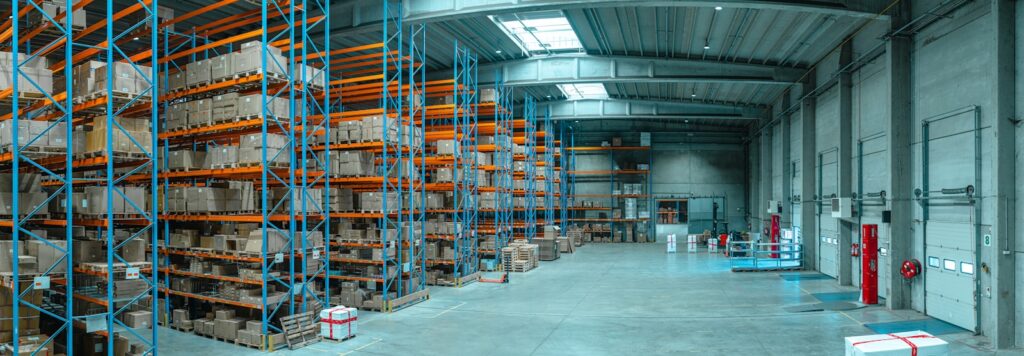Many uncertainties lie ahead of us with regard to the supply chains in the next ten years. In what ways is the logistics industry going to change due to advances in technology? Will sustainability have any significance in relation to how goods are moved from one place to another? Lastly, what are some of the ways through which businesses can get ready for the changes that will certainly occur? By analyzing these issues, we will be able to forecast and plan for the impending revolution of the worldwide supply chain terrain.
Embracing Technology: The Digital Transformation
In the realm of supply chain management, the integration of technology has become paramount. Innovations such as artificial intelligence, machine learning, and blockchain are revolutionizing the way products are moved and monitored across the globe. For instance, AI-driven supply chain planning tool are becoming crucial for predicting market trends and optimizing logistics. These tools not only enhance operational efficiency but also improve accuracy in demand forecasting, leading to reduced costs and improved customer satisfaction.
Sustainability: The Green Revolution
Due to the environment becoming a worry for many people, sustainability is now essential in supply chain strategies. Business organizations in the present age must show how they work towards protecting the environment. But this goes further than simple attempts at reducing carbon footprints and finding more appropriate ways to dispose of rubbish. It includes a rethink of supply chains from bottom to top. Companies are therefore forced to adopt new ways of preventing pollution including but not limited to; using wind power, intelligent on-packing approaches and circular re-manufacturing strategies all which are meant to meet the demand of the law and clients.
Resilience and Risk Management: Preparing for the Unexpected
We have learned a lot about supply chain resilience over the last ten years. The unanticipated difficulties like worldwide disease outbreaks, conflicts on trade and natural calamities revealed the importance of resilient risk mitigation plans. Business organizations now put more money into predictive analytics and agile methodologies for detecting and tackling any possible threats or disruptions. It is imperative to have a strong supply chain today if one is to expect to make any money in this ever-changing market.
Workforce Dynamics: The Shift in Labor Models
Also, the work in the supply chain is not the same as before. People can now do more complex jobs since automation and robotics deal with most of the repetitive ones. In order to adapt to this change, it means that there is a need to reconsider the types of skills which are important and also the training courses available. Additionally, increasing telecommuting options pose a challenge in managing employees spread across different geographical locations.
Globalization vs. Localization: Finding the Right Balance
For several years, globalization has greatly influenced how the supply chain is managed, although there seems to be a move in the opposite direction lately. The reasons for this include increased trade tensions and demand for speedy delivery which make manufacturing multinationals locate plants locally. Such companies strike a balance between worldwide purchasing and nearby assembling so as to enhance their ability of coping with market dynamism as well as clients demand without compromising on scale economies and cost savings.
Conclusion: Navigating the Future with Confidence
From our exploration, it can be concluded that the future of supply chains is intricate and promising. At the start of this discussion, we asked ourselves how adaptable these systems are and whether they rely on a proactive approach. Integrating emerging technologies, promoting sustainability, improving risk management frameworks – are these just fashionable ways of trying to adapt businesses for tomorrow? It predicts that there will be movement towards a digitally based, environmentally friendly and adaptable supply chain that provides an added advantage to those who take positive steps towards it. Companies have to stay flexible, take initiative, and think ahead if they want to sail through these troubled times because in doing so they will turn any threats into opportunities for growth and change.
